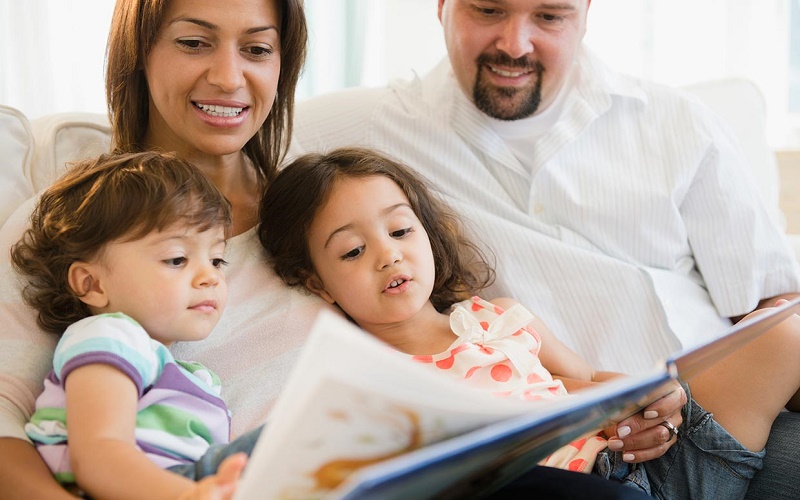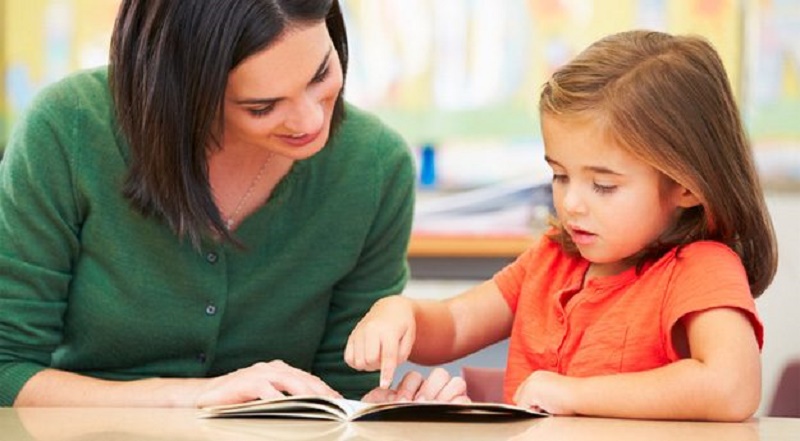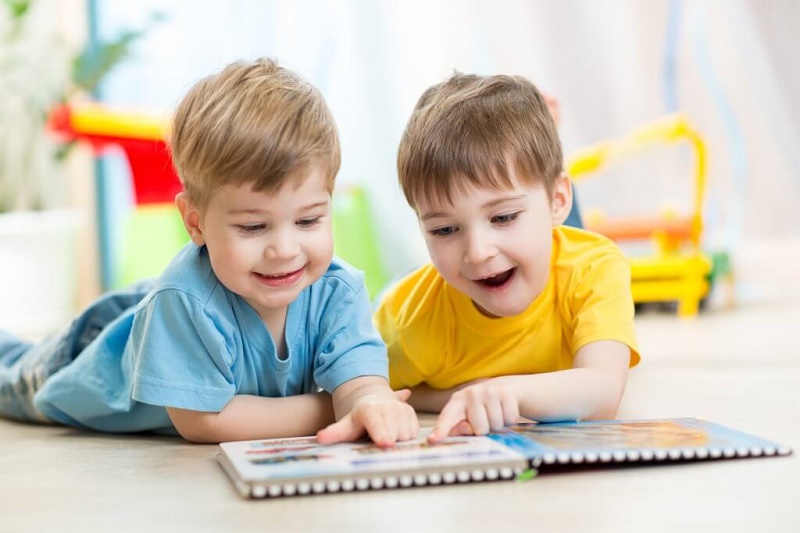There are 2 great methods to teach children to read: the analytical and the global. The first is based on the child learning to separate letters, then form syllables and, finally, words. The second focuses on associating meanings to the complete written word. Both methods are complementary to each other. In this article on learning methods to teach children to read what is the global method? How to teach kids to read?
How to teach kids to read?

Traditionally speaking of two methods of learning to read. Often presented as conflicting and incompatible, but which, in reality, are complementary. It is about the global method and the analytical one. Keep reading: A 100% Scientific Guide to Developing Your Social Skills
Methods of learning to read
Many children seeing the word “Stop” know exactly how to pronounce it and what it means a lot before being able to recognize separately the “s”, “t”, “o” and “p” and to know what sound corresponds to it. Each word requires a more complex discrimination capacity than letters.
But it is the true units with the meaning of the spoken language and the spaces between them that greatly facilitate the child to see them as a whole.
The synthesis process adds reading speed in those children who have followed a good analytical process.
And it becomes almost the only method of access to reading in children with mental disabilities since the contribution of meaning is an essential element of motivation, it is the ultimate goal of reading.
The analytical method is based on what we see written

The analytical method, as its name indicates, is based on a process of analysis of the written stimuli that are perceived through vision.
In the word “duck” looking at it from left to right, the first thing we see is a “p” that next to an “a” is read <pa>. This is the most used method to learn Spanish and on which the vast majority of methodologies are based.
However, it is not as simple a task as it might seem at first.
On the one hand, it is necessary to isolate in this network of curved and straight lines that form the word, the letters as individual stimuli. Then, each written letter (grapheme) must be attributed a sound (phoneme). The grapheme-phoneme relationship must be univocal, that is, the only way to read that letter is with that sound.
However, the opposite is not the case, since there are sounds that can be written in various ways (vaca-baca; ha-a). This is the main cause of the misspellings and workhorse of educators and teachers. Therefore, the analytical process is not infallible. This process also gives us access to a reading called mechanics, but it does not tell us anything about the meaning of that word.
To know what part of reality represents what we read, we have to take another turn and do the comprehensive reading.
What teaching method is best for children?

The truth is that at school, during early childhood education (3, 4, 5 years), an approach to reading is usually done using the global method: words are taught to children associated with images, similarities between words are observed (elephant and star begin with the same letter), etc; and, already in primary education (from the age of 6), an analysis of the segments of the words begins: the syllabication (pa-pe-pi-po-pu).
Both the analytical method and the global method are valid to develop reading ability. And both are necessary for a quality reading. That we insist more on one or the other will depend on the needs of the child at each moment of the development of said capacity. You might also like: http://blogbbw.net/changes-in-medical-resident-work-hour-limits-dont-address-key-problems/










